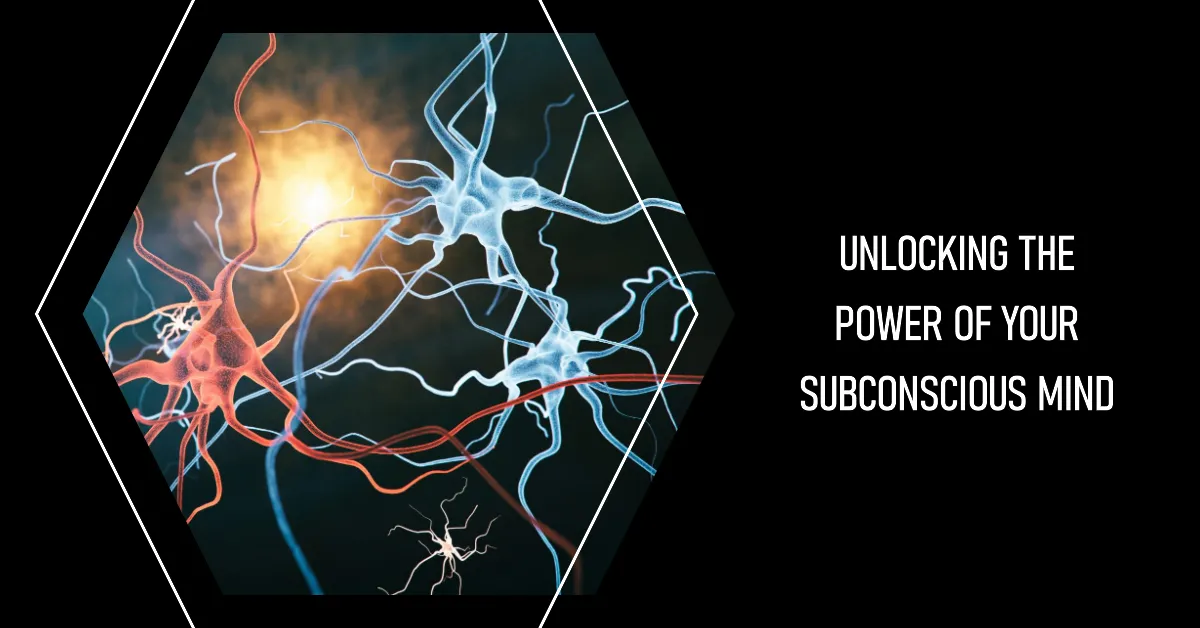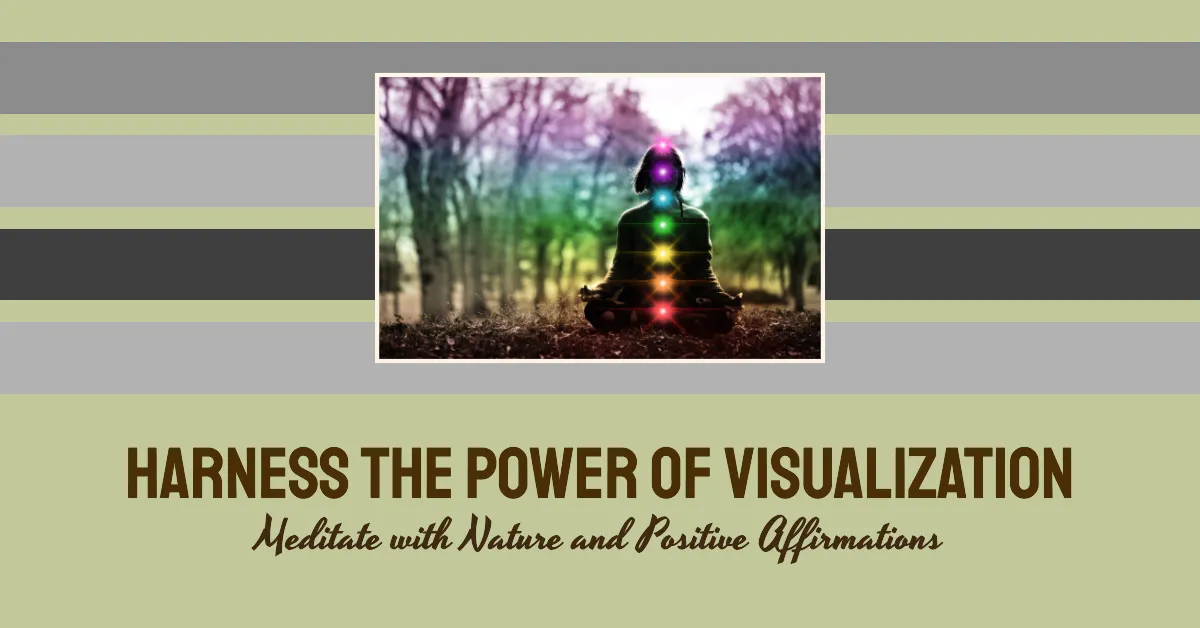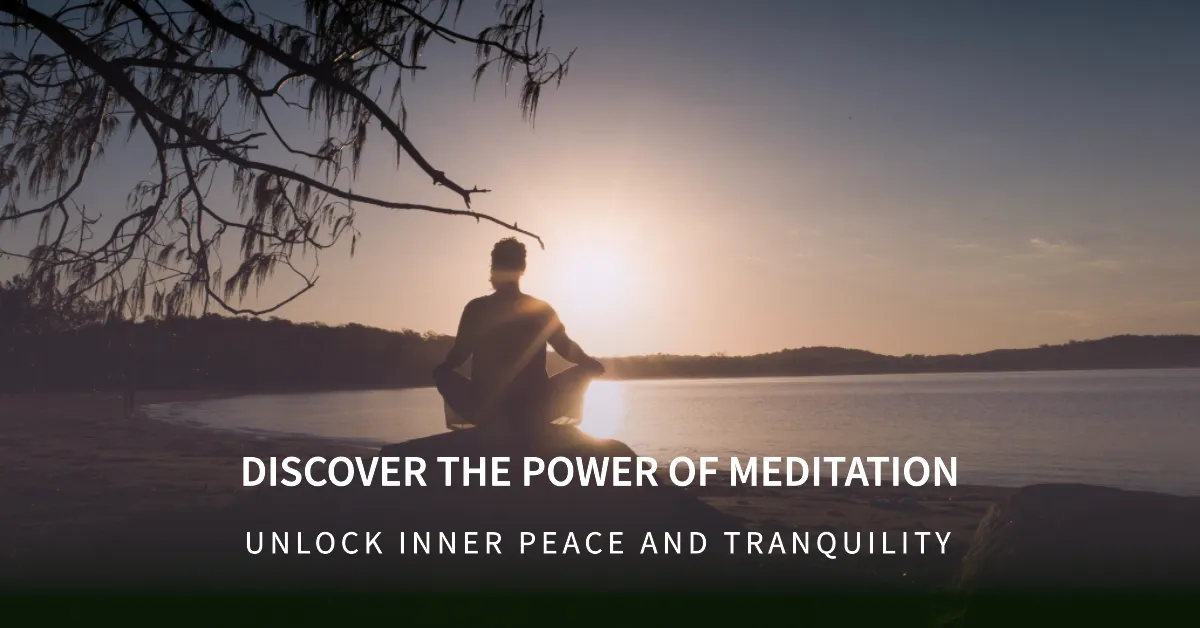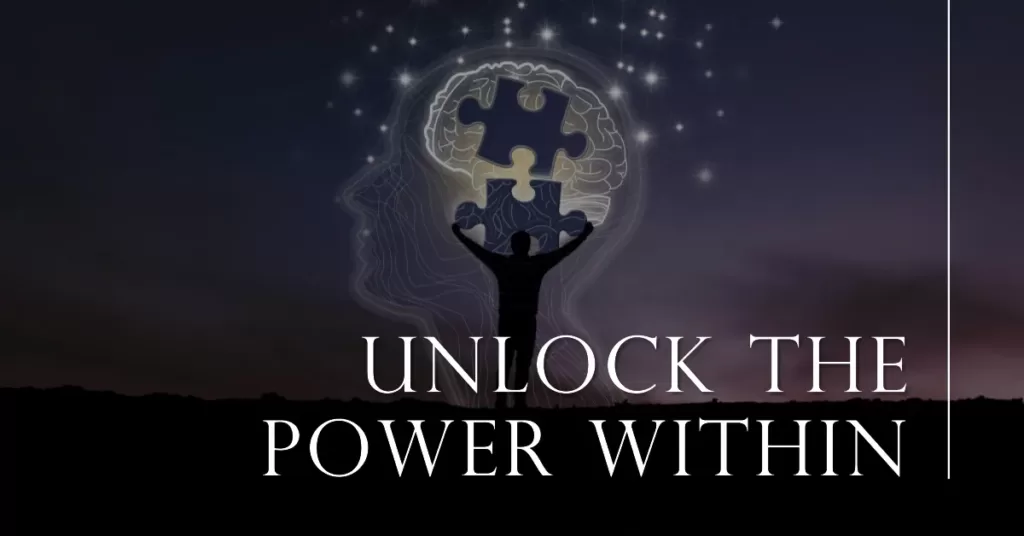The subconscious mind is unbelievably powerful. Its power is being used to change people’s lives even outside the mystical realm. Science has confirmed that the subconscious mind has the power to influence our thoughts, emotions, behaviors, and actions. Regardless of whether you’re a scientist or New Age fanatic, the subconscious mind can serve you as a potent tool to transform your mind and live the life you want to live. Understanding its power is the key to regaining mastery over your thoughts.
Table of Contents
Understanding Subconscious Mind

The subconscious mind is a powerful tool that can be harnessed for personal growth and success. It is the part of our mind that operates below the level of conscious awareness and controls many of our thoughts, feelings, and behaviors.
What Is the Subconscious Mind?
The subconscious mind is responsible for storing and processing information that we are not actively aware of. It is like a vast database that contains all of our memories, beliefs, and experiences. It is constantly working in the background, influencing our thoughts, emotions, and behaviors.
How Does It Differ From the Conscious Mind?
The conscious mind is the part of our mind that we are actively aware of. It is responsible for our logical thinking, decision-making, and problem-solving abilities. The subconscious mind, on the other hand, operates below the level of conscious awareness and controls many of our automatic behaviors and reactions.
Why Is the Subconscious Mind Important for Personal Growth and Success?
The subconscious mind plays a crucial role in our personal growth and success. It is responsible for our self-image, beliefs, and attitudes, which can either help or hinder our ability to achieve our goals. By harnessing the power of the subconscious mind, we can change our thought patterns, overcome limiting beliefs, and achieve our full potential.
Harnessing the Power of Visualization

Visualization is a powerful technique that can help us tap into the power of the subconscious mind. It involves creating mental images of our desired outcomes and visualizing ourselves achieving our goals.
What Is Visualization and How Does It Work?
Visualization is the process of creating mental images of our desired outcomes. It works by activating the same neural pathways in the brain as actually experiencing the event. This can help us to build confidence, reduce anxiety, and increase motivation.
Techniques for Effective Visualization
To use visualization effectively, it is important to create a clear mental image of our desired outcome. We should focus on the details of the image, using preferably all of our senses to make it as vivid as possible. It is also important to visualize ourselves achieving our goals, rather than just imagining the outcome.
Below, are some effective visualization techniques you can practice at home.
Goal Achievement Visualization
- Find a quiet and comfortable space to sit or lie down.
- Close your eyes and take a few deep breaths to relax.
- Visualize yourself achieving a specific goal. Imagine the process, the challenges you overcome, and the emotions you’ll feel when you succeed.
- Engage all your senses: see the details, hear the sounds, feel the sensations, and even imagine the scents associated with your success.
- Replay this visualization regularly, reinforcing your belief in your ability to achieve your goal.
Confidence Boost Visualization
- Sit or lie down in a calm environment.
- Close your eyes and take slow, deep breaths to relax your body and mind.
- Visualize yourself in a situation where you need confidence. See yourself standing tall, speaking assertively, and handling challenges with ease.
- Feel the surge of confidence within you. Imagine it as a warm, glowing light expanding from your core to every part of your body.
- As you open your eyes, carry this sense of confidence with you into your day.
Stress Reduction Visualization
- Choose a quiet place where you won’t be disturbed.
- Close your eyes and focus on your breath. Breathe deeply and slowly.
- Visualize a peaceful and serene scene, such as a tranquil beach, a calm forest, or a quiet meadow.
- Engage your senses: feel the gentle breeze, hear the soothing sounds, and notice the calming colors around you.
- Imagine the stress melting away as you immerse yourself in this serene environment.
Positive Self-Image Visualization
- Sit or lie down comfortably in a quiet space.
- Close your eyes and take a few deep breaths to relax.
- Visualize yourself as your best self – confident, happy, and successful.
- Imagine looking in a mirror and seeing the person you aspire to become. Smile at your reflection and feel a deep sense of self-love and acceptance.
- As you open your eyes, carry this positive self-image with you throughout your day.
Creative Inspiration Visualization
- Set aside time to be alone in a quiet space.
- Close your eyes, take a few deep breaths, and clear your mind.
- Visualize a blank canvas or a space where you create (whether it’s writing, painting, or any other creative endeavor).
- See yourself engaging in the creative process with enthusiasm and joy. Imagine your ideas flowing effortlessly.
- Allow yourself to explore new possibilities and see where your imagination takes you.
Benefits of Visualization for Personal Growth and Success
Visualization can be a powerful tool for personal growth and success. It can help us to build confidence, reduce anxiety, and increase motivation. By visualizing ourselves achieving our goals, we can overcome limiting beliefs and tap into the power of the subconscious mind to achieve our full potential.
The Power of Affirmations

Affirmations are another powerful tool for harnessing the power of the subconscious mind. They involve repeating positive statements to ourselves, which can help to change our thought patterns and beliefs.
What Are Affirmations and How Do They Work?
Affirmations are positive statements that we repeat to ourselves. They work by changing our thought patterns and beliefs, which can help us to overcome limiting beliefs and achieve our goals.
Tips for Creating Effective Affirmations
To create effective affirmations, it is important to use positive language and focus on what we want to achieve, rather than what we want to avoid. We should also use present tense language and repeat our affirmations regularly to reinforce the positive beliefs.
How Affirmations Can Help With Personal Growth and Success?
Affirmations can be a powerful tool for personal growth and success. By repeating positive statements to ourselves, we can change our thought patterns and beliefs, which can help us to overcome limiting beliefs and achieve our goals.
The Benefits of Meditation

Meditation is another powerful tool for harnessing the power of the subconscious mind. It involves focusing our attention on the present moment and quieting the mind. Learning the secrets of meditation will help you take full control of your subconscious mind.
What Is Meditation and How Does It Work?
Meditation is the practice of focusing our attention on the present moment and quieting the mind. It works by reducing stress and anxiety, which can help us to tap into the power of the subconscious mind.
Techniques for Effective Meditation
To meditate effectively, it is important to find a quiet place where we can sit comfortably. We should focus our attention on our breath and try to quiet the mind. It is also important to meditate regularly to build the habit and reap the benefits. During the meditation, you can focus on your breath or heartbeat. As it becomes more prominent, start flowing with the pulse. Feel your body falling down until there is only your mind left – this is the trance state. Upon reaching the trance state, you can experiment with various meditation techniques or simply stay as you are and relax.
How Meditation Can Help With Personal Growth and Success?
Meditation can be a powerful tool for personal growth and success. It can help us to reduce stress and anxiety, tap into the power of the subconscious mind, and improve our overall wellbeing. It can also help you control some of your physiological functions by consciously affecting the autonomic nervous system although, this is a more advanced practice.




